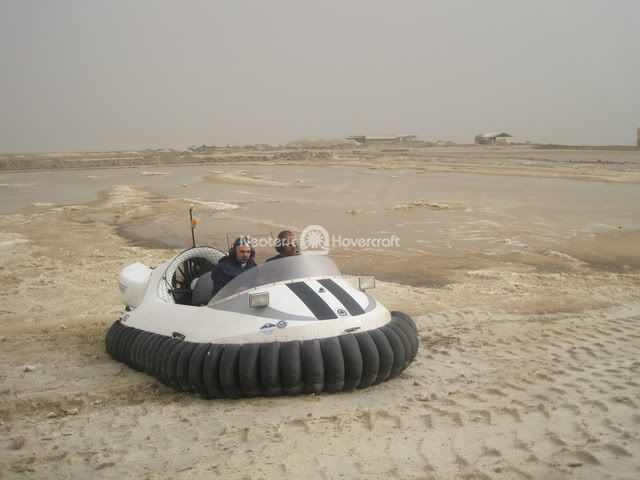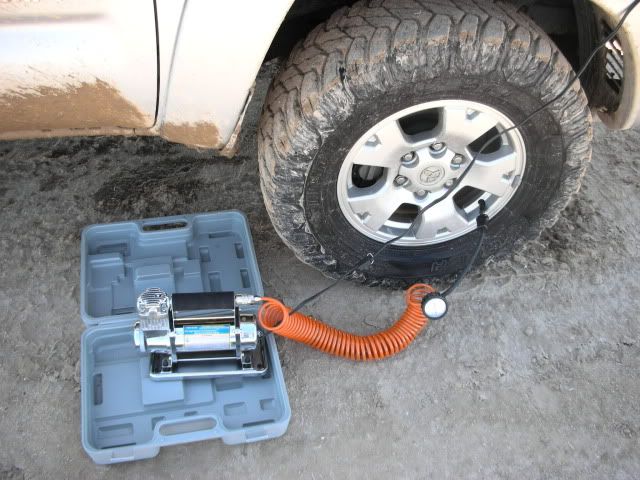Originally posted by wessongroup
According to Tom Pettigrew, a Forest Service engineer, the cause is an unlikely source: your car's suspension. (Well, maybe not yours specifically,
but it's not innocent in this matter, either.) A vehicle's suspension system distributes the shock and energy of road irregularities with a bouncing
rhythm called harmonic oscillation. At each downstroke, the wheels exert extra force on the road, causing the particles in the road to either pack or
displace at regular intervals. Once a pattern of ruts starts to establish itself, it becomes self-reinforcing due to what engineers call forced
oscillation. The next car hits the same irregularities in the road and bounces at the same rate, causing the pattern to become more and more defined.
Forced oscillation overcomes minor variations in oscillation rate that might otherwise arise due to differences in car weight.
Wouldn't variations in speed affect the washboard pattern? Sure, which brings us to another critical part of the feedback loop: you, the driver. Drive
too fast on a washboard road and the downstroke exerted by the car wheels may meet the road at a point where a bump is ramping upwards. You know what
that means: You bounce off the ceiling. Instinctively most drivers slow to a speed at which the downstrokes coincide with the troughs between bumps,
reinforcing the pattern.
Washboarding is inevitable in any unpaved road that sees fairly heavy traffic. The only way to avoid it is to: (a) radically redesign how automotive
suspensions are made, (b) give up suspensions altogether, or (c) keep off those dirt roads. |
 So
many variables but easy does it!
So
many variables but easy does it!  Tio
Tio 



 I will lower tire pressure a bit before doing the fly.
I will lower tire pressure a bit before doing the fly.




